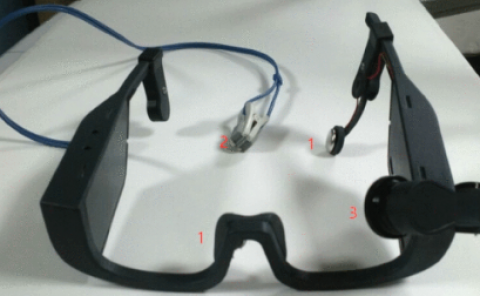Motion-enhanced Holography
Date:Jan 2024
Teams:
Shanghai Jiao Tong
University
Writers:Zhenxing Dong, Yuye Ling, Yan Li, Yikai Su
PDF:Motion-enhanced Holography
Abstract
Holographic displays, which enable pixel-level depth control and aberration correction, are considered the key technology for the next-generation virtual reality (VR) and augmented reality (AR) applications. However, traditional holographic systems suffer from limited spatial bandwidth product (SBP), which makes them impossible to reproduce \textit{realistic} 3D displays. Time-multiplexed holography creates different speckle patterns over time and then averages them to achieve a speckle-free 3D display. However, this approach requires spatial light modulators (SLMs) with ultra-fast refresh rates, and current algorithms cannot update holograms at such speeds. To overcome the aforementioned challenge, we proposed a novel architecture, motion-enhanced holography, that achieves \textit{realistic} 3D holographic displays without artifacts by continuously shifting a special hologram. We introduced an iterative algorithm to synthesize motion-enhanced holograms and demonstrated that our method achieved a 10 dB improvement in the peak signal-to-noise ratio (PSNR) of 3D focal stacks in numerical simulations compared to traditional holographic systems. Furthermore, we validated this idea in optical experiments utilizing a high-speed and high-precision programmable three-axis displacement stage to display full-color and high-quality 3D focal stacks.


